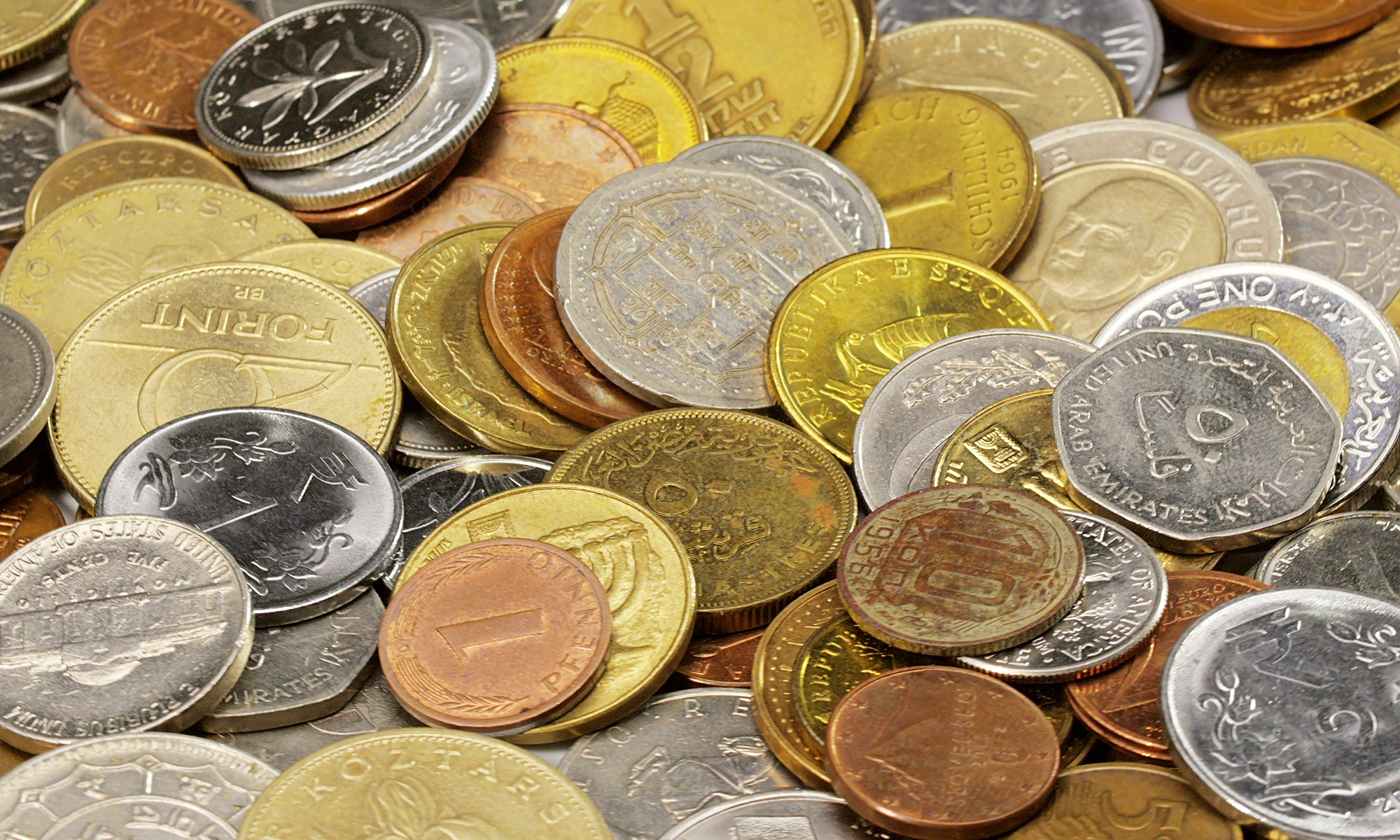Did you know that the Constitution and the Coinage Act of 1792 made gold and silver the only form of lawful money in the United States? But from 1933 to 1974, you faced a decade in prison if caught with gold money in your pocket (unless you were a dentist, in which case you could own 100 ounces). It seems unbelievable, doesn’t it? Yet, in 1933, the newly-elected president, Franklin Roosevelt, nationalized gold, declaring by executive order that owning gold would henceforth be illegal. You could say it was a bank robbery in reverse.
What Money Used to Be
From the passage of the Coinage Act until Roosevelt’s gold heist, a dollar was not a denomination so much as it was a weight. One dollar was defined by law as one ounce of silver or one-twentieth of an ounce of gold. Therefore, one-twentieth of an ounce of gold had a $1 face value, and a one-ounce gold coin carried a $20 face value. Before the advent of the Federal Reserve Act of 1913, gold and silver were the standards for U.S. money, while paper currency served only as placeholders for each.
In 1904, the first Roosevelt president, Theodore, desired to see currency made more artful and attractive. He commissioned a design, later created by the artist Augustus Saint-Gaudens, depicting Lady Liberty striding forward, bearing an olive branch and lighted torch, on the front (obverse side). The back (reverse), portrayed an eagle in flight. The mint produced these “Gold Eagle,” also dubbed “walking liberty,” coins in face value denominations of $10 half-ounce (eagle), $5 quarter-ounce (half eagle), and $2.50 tenth-ounce (quarter eagle). Later, a full $20 one-ounce Gold Eagle was struck and referred to as a Double Eagle, as in double the face value of the $10 half-ounce eagle. The U.S. Mint struck these coins from 1907 until 1933.
When Gold Became Money Again
From 1933 until 1973, silver served as the only real U.S. money in circulation. Although Federal Reserve Notes were circulated to act, for all intents and purposes, as “money,” gold was kept entirely out of the hands of the American people. Although Congress, at the behest of President Carter, lifted the ban on gold possession, it was never again used in common transactions (although it could be). Rather, investors began to purchase bullion in one form or another to stabilize their portfolios against inflation. Legal or not, gold still holds all the intrinsic value developed by free markets over the past 5,000 years.
In 1985, at the request of the U.S. Mint, President Ronald Reagan signed into law the Gold Bullion Coin Act. With the passage, the Mint could officially create new bullion gold coins again, turning the history of American gold coins in the right direction. To make the coins truly American, the law requires that all the gold bullion to be minted must come from American sources. Needless to say, domestic gold mining ramped up once again after a long siesta. Today, about 78 percent of American gold comes from Nevada, ironically dubbed the “Silver State.”
If you’re ready to invest in American Eagle Gold bullion coins, please visit Roswell Gold, Silver & Coins. We offer a full line of Gold Eagles in every denomination for every budget. Stay tuned for our next blog to learn about the history of the Silver American Eagle.
